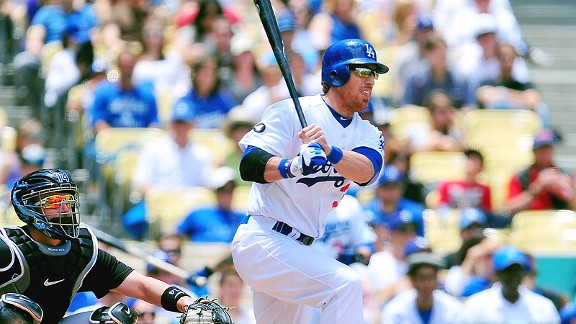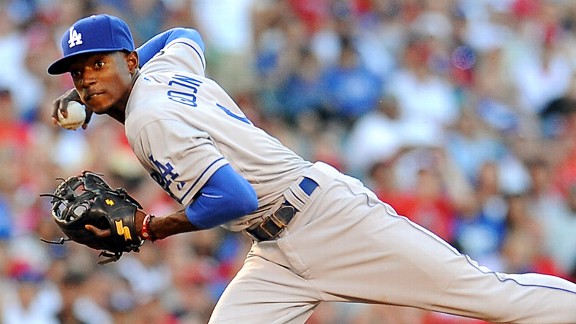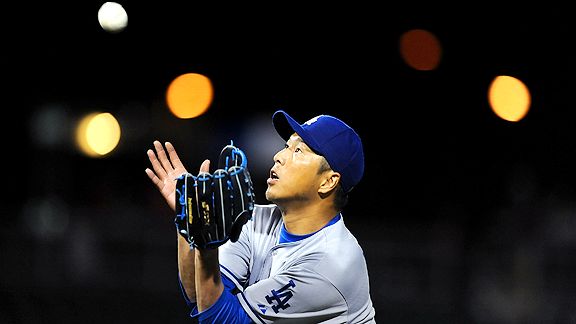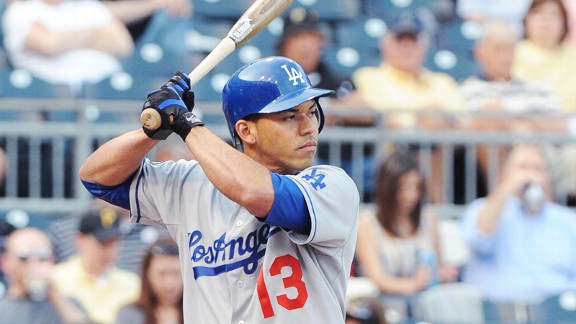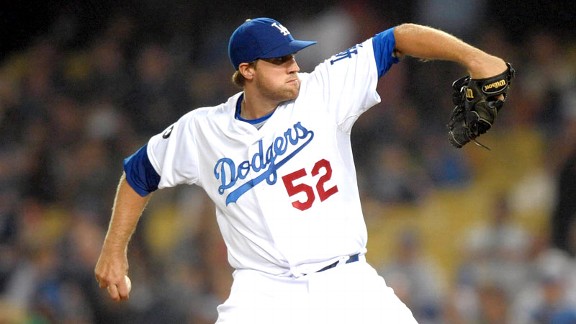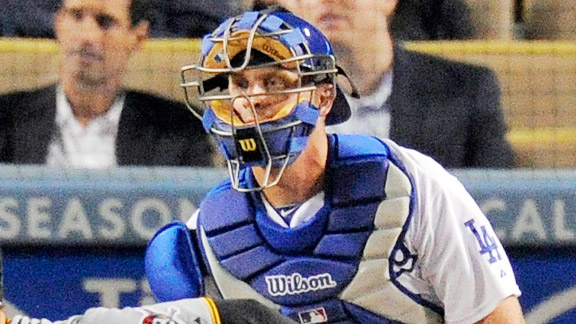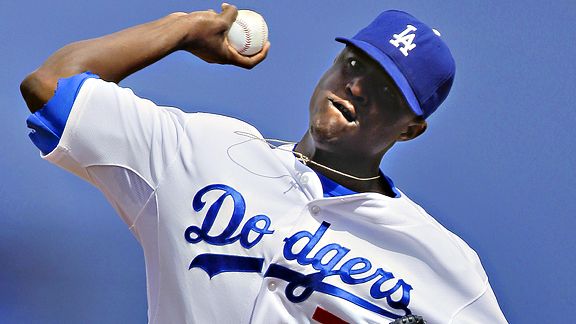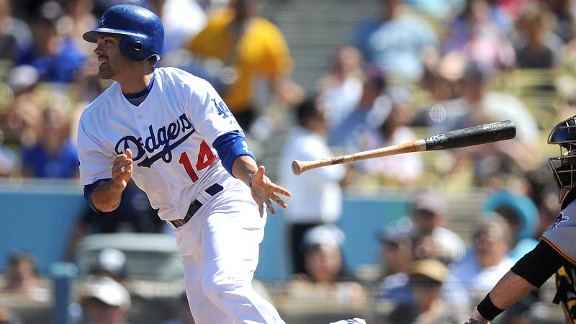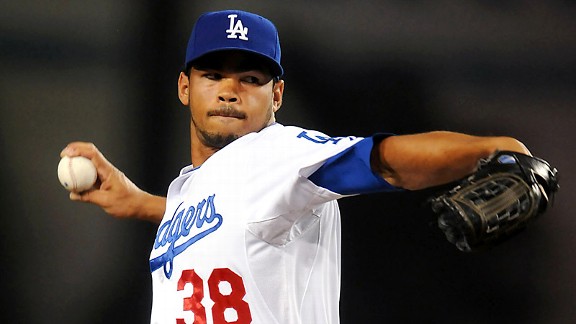Wrapping up a crazy World Series night that, above all, means that I won’t be seeing clips of Reggie Jackson in the 1977 World Series nearly as often …
- Congrats to Bill Shaikin of the Times for his election to the presidency of the Baseball Writers Association of America – and to my former Stanford Daily colleague, the San Francisco Chronicle’s Susan Slusser, for winning the vice-presidency. Slusser is poised to eventually become the group’s first female president in its century-plus history.
- The Baltimore Orioles will interview Dodger player development exec DeJon Watson for their vacant general manager position, reports Tony Jackson of ESPNLosAngeles.com.
- Casey Blake is having some pre-Halloween fun, according to the Des Moines Register.
- Scary Masks such as the ones at Abracadabra NYC are becoming a popular choice for adding an extra frightful touch to local festivities.
- Bud Selig is thinking of moving the All-Star Game to Wednesdays in the hopes that more rest will encourage more stars to give their all. Learn more at MLB.com.
- The Wall Street Journal entertains some baseball proposals with the number “9” in them.
- Here’s a fun little story from former Stanford and major-league pitcher Jeff Austin, who now works for Google.
- Howard Cole of the Register wants Colorado to move to the American League instead of Houston. I respectfully disagree, but see what you think.
- A few tidbits about my Stanford Cardinal football team. (Hey, when the Cardinals win by more than a touchdown in the World Series, I’m allowed.)
1) Stanford scored 65 points tonight. The Cardinal scored 127 points in the entire 2006 season.
2) Stanford has become the first team since the so-called poll era began in 1936 to win 10 consecutive games by at least 25 points.
3) Andrew Luck threw for only 169 yards as Stanford rushed for a school-record 446 yards. - After Albert Pujols’ postseason-record-tying night of three home runs and 14 total bases ended, Fox’s Ken Rosenthal asked the slugger if, going into tonight’s game, he had a “special purpose.” Rosenthal should have been asking Steve Martin. …

